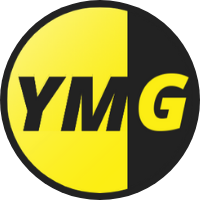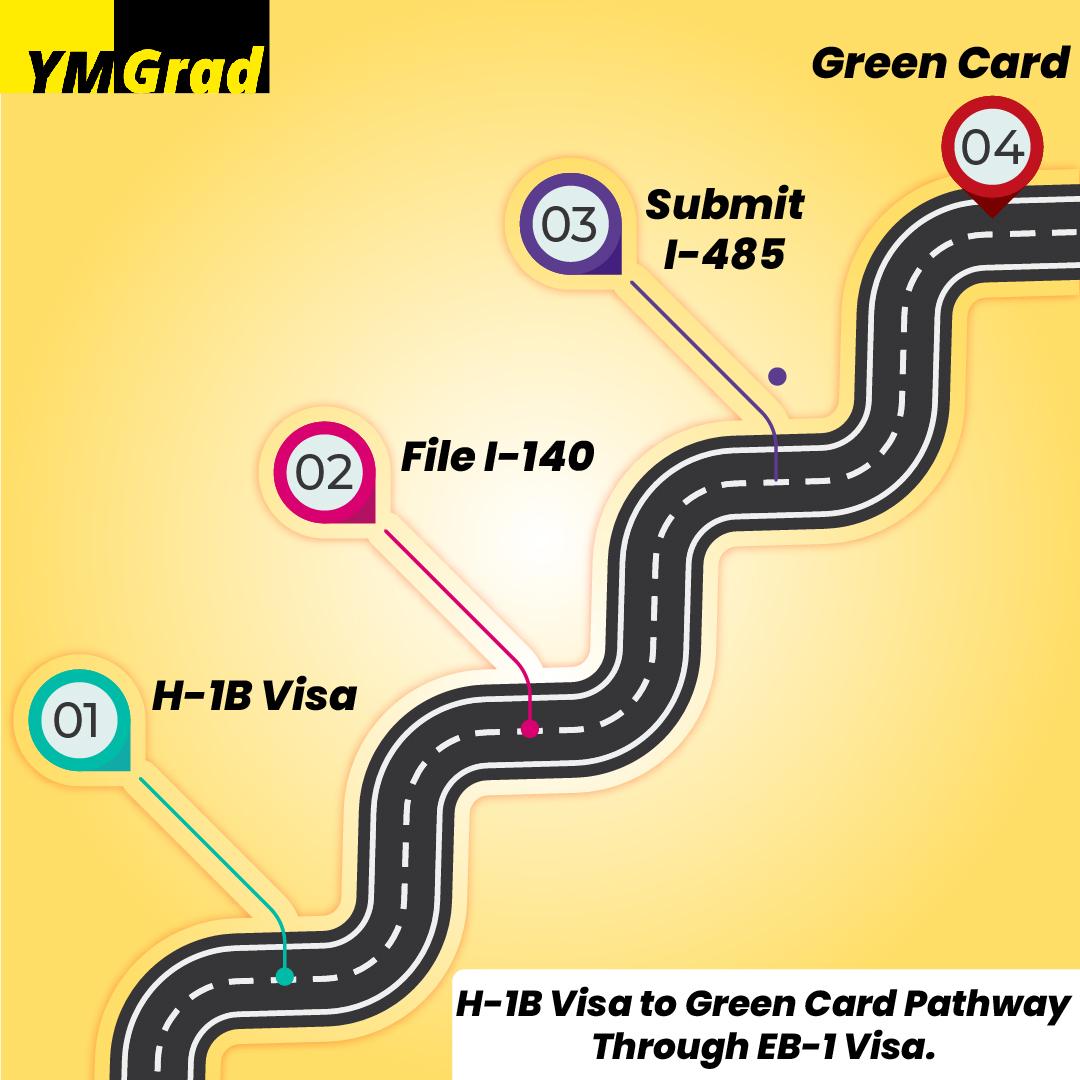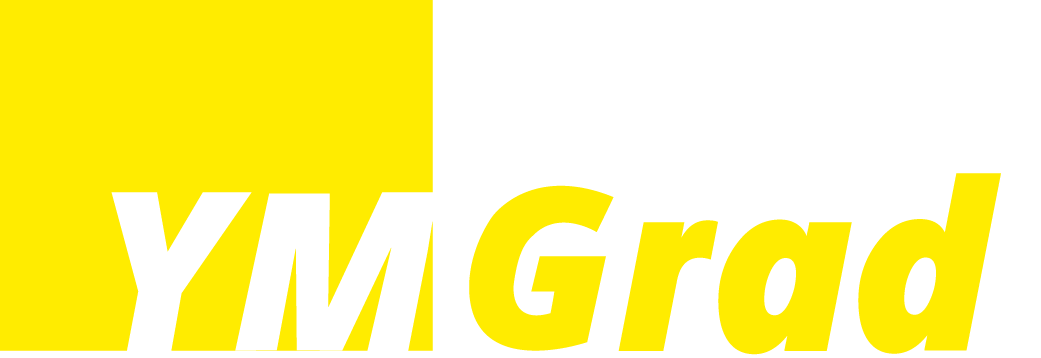Guide To H-1B Visa: Everything You Need to Know

.jpg)
Does securing a work visa in the United States seem daunting? Well, you are not the only one. While it might seem difficult, the path for these skilled professionals is paved with opportunities—meet the H-1B visa.
The H-1B visa is a powerful non-immigrant visa that allows U.S. employers to hire foreign workers in specialized fields. Unlike other visas that may seem out of reach, the H-1B is designed for those with specific skills and expertise, creating a bridge between international talent and U.S. companies.
This visa not only opens the door to lucrative job offers but also provides a pathway to permanent residency for many.
In this blog, we'll guide you through the essential aspects of the H-1B visa, including eligibility requirements, the step-by-step application process, common challenges faced by applicants, and the journey toward permanent residency.
What is an H-1B Visa?
The H-1B visa is a non-immigrant visa that allows U.S. companies to employ foreign workers in specialized fields such as IT, engineering, healthcare, and finance.
Established under the Immigration and Nationality Act, the visa aims to attract skilled professionals to fill roles that require expertise and knowledge that may not be readily available in the American workforce.
Eligibility: The H-1B visa is typically reserved for jobs that require at least a bachelor’s degree or higher in a specialized field.
Sponsorship: The visa is employer-sponsored, meaning the applicant must have a job offer from a U.S. company willing to sponsor them.
Benefits of H-1B Visa
The H-1B visa benefits both employers and employees, serving as a gateway for highly skilled foreign professionals to contribute to U.S. businesses.
For Employers:
- Access to a diverse talent pool.
- Ability to hire highly skilled professionals with niche expertise.
- Opportunity to foster innovation through a global workforce
For Employees:
- Legal work authorization in the U.S. with the possibility of bringing dependents (spouse and children under H-4 visas).
- Opportunity to transition to permanent residency (Green Card).
- Professional growth in global organizations and diverse markets,
Eligibility Criteria For H-1B Visa
To qualify for an H-1B visa, applicants and employers must meet certain criteria.
Educational and Professional Qualifications:
Specialty Occupation Requirement: The role must be a specialty occupation requiring theoretical or technical expertise.
Minimum Education Level: Typically, a bachelor’s degree or its equivalent is required. In some cases, relevant work experience may be considered equivalent.
Employer Requirements:
Labor Condition Application (LCA): The employer must file an LCA with the Department of Labor, confirming that they will pay the prevailing wage for the position.
Sponsorship Commitment: The employer must be willing to sponsor and file a petition on behalf of the foreign worker.
Application Process
Applying for an H-1B visa involves several key steps, from the initial job offer to visa approval.
Securing a Job Offer:
Before starting the H-1B application process, an applicant needs a job offer from a U.S. employer. The employer must agree to sponsor the candidate and file the necessary documents.
Filing the Labor Condition Application (LCA):
The sponsoring employer must file an LCA with the U.S. Department of Labor. This form outlines the position, location, salary, and other details to ensure compliance with wage regulations.
Submitting Form I-129:
Once the LCA is approved, the employer submits Form I-129 (Petition for a Nonimmigrant Worker) to the United States Citizenship and Immigration Services (USCIS). This step involves paying relevant filing fees.
H-1B Lottery Selection:
Due to the limited number of visas issued each year (currently 85,000), the H-1B selection process involves a lottery system. Petitions selected in the lottery are processed for approval.
Visa Approval and Stamping:
Upon receiving an H-1B approval notice, the applicant can apply for visa stamping at a U.S. consulate or embassy in their home country.
Common Challenges Faced by H-1B Visa Applicants
Despite the opportunities offered by an H-1B visa, the process can be complex, with several challenges.
The H-1B Cap and Lottery System:
Each year, the U.S. issues only 85,000 H-1B visas, divided between the regular cap (65,000) and the master’s cap (20,000 for applicants with a U.S. advanced degree). Due to high demand, the selection process often involves a lottery, leading to uncertainty for applicants.
Prevailing Wage Requirement:
Employers must meet prevailing wage requirements, which can be complex and may disqualify certain applications. This wage determination is crucial to ensure foreign workers are not underpaid compared to their American counterparts.
Administrative Delays and Additional Scrutiny:
USCIS may issue Requests for Evidence (RFEs) or conduct additional reviews, which can lead to delays or even denials. Understanding and properly addressing RFEs is essential to the visa’s success.
Need help with your H-1B visa processing and ace the interview?
Take our visa application help.
Path to Permanent Residency
For many H-1B visa holders, the ultimate goal is to secure permanent residency. Here’s how the transition can be navigated:
Employment-Based Green Cards:
The H-1B visa allows for dual intent, meaning holders can apply for permanent residency while working in the U.S. Employers often sponsor an H-1B worker for an employment-based green card (e.g., EB-2 or EB-3 categories).
PERM Labor Certification:
This is a key step in the green card process. The sponsoring employer must prove to the Department of Labor that no qualified U.S. workers are available for the position.
Filing I-140 and Adjustment of Status:
Once the PERM labor certification is approved, the employer can file an I-140 petition. The H-1B holder may also file an adjustment of status application (I-485) when their priority date becomes current. The wait time for Indian EB-1 applicants is currently between 2-3 years, while it is 12 years for EB-2 and around 11-12 years for EB-3 visas.

Changes and Trends in H-1B Visa Policy
H-1B visa policies are subject to change, impacting current and future applicants. Recent trends and shifts in policy include:
Increasing H-1B Wages:
To protect the U.S. workforce, the Department of Labor may continue revising prevailing wage requirements, impacting how employers hire foreign talent.
Employer Site Visits and Compliance Checks:
USCIS conducts employer site visits to ensure compliance with the terms of the H-1B visa. Employers must be prepared for potential audits or checks to avoid penalties.
H-1B Visa Reforms:
Proposed reforms, including changes to the lottery process, cap limits, and wage calculations, could impact future applications. Staying informed on policy updates is critical for both employers and applicants.
Conclusion
The H-1B visa offers a pathway to global talent, providing U.S. companies with the skills they need to remain competitive while offering foreign professionals valuable opportunities to work and grow in the United States.
Finding your way around the H-1B process requires careful planning, compliance with regulations, and a proactive approach to understanding the latest policy changes.
Start your O-1 visa journey with us.
Frequently Asked Questions!

The initial duration of an H-1B visa classification is three years, which may be extended for a maximum of six years

When making a determination whether a foreign national possesses the required academic credentials necessary for an H-1B occupation, the USCIS will consider three years of specialized training and/or work experience to be the equivalent of one year of college education.

The H1B visa, however, is 'dual intent', which means holders can become eligible to apply for a Green Card once they reach the maximum stay of six years.

An H-1B alien for whom the employer has filed a timely application for an extension of H-1B stay can continue employment for the same employer while the request for extension of stay is pending with USCIS, for a period of up to 240 days beyond the expiration of the prior period of authorized stay.

If an H-1B temporary worker has a spouse and/or unmarried children under 21, those family members are eligible to come to the U.S. as H-4 dependents.

You can change your job, but the new employer must file another petition for you.

You can only bring your parents for a 6-month long visit on a tourist visa.

Yes, but each employer must file a separate approved H-1B petition.

Your spouse can work in the US if your I-140 is approved. After that, they can successfully apply for an Employment Authorization Document (EAD).

Your spouse can study in the US without having any additional approval.




